Akira’s Evolving Playbook: 2025 Attack Trends & Defense Lessons
Since its emergence in March 2023, Akira ransomware has rapidly cemented its position as a formidable force in the cybercrime arena. Leveraging a sophisticated Ransomware-as-a-Service (RaaS) model, Akira and its network of affiliates have relentlessly adapted their strategies, impacting diverse sectors globally and causing significant financial and operational disruption. As we navigate 2025, a deep understanding of Akira’s evolving playbook—its shifting tactics, techniques, and procedures (TTPs), along with its targeting preferences—is indispensable for organizations striving to build resilient cybersecurity defenses.
This analysis delves into the key attack trends associated with Akira ransomware, drawing from intelligence gathered from late 2024 through early 2025. We will highlight crucial lessons learned that can empower organizations to anticipate and counter this ever-evolving threat.
The Shifting Sands: Recent Evolution in Akira’s TTPs
While Akira’s foundational strategy of double extortion (data exfiltration preceding encryption) remains a constant, recent threat intelligence from late 2024 and Q1 2025 illuminates several dynamic aspects of their operations:
- Initial Access Vectors – Broadening Horizons:
- Persistent VPN Exploitation: Insecurely configured Virtual Private Networks (VPNs), particularly those lacking robust Multi-Factor Authentication, continue to be a primary infiltration route. While specific vulnerabilities in Cisco ASA devices (like CVE-2020-3259 and CVE-2023-20269) remain relevant, Akira affiliates are agile in adopting exploits for newly disclosed VPN flaws across various vendor platforms.
- Targeting Overlooked Entry Points (IoT & Edge Devices): A notable trend in early 2025 is the increased exploitation of less conventional, often poorly secured, network entry points. Reports from cybersecurity firms like Cyfirma and Kaspersky have highlighted instances where Akira affiliates leveraged unsecured Internet of Things (IoT) devices, such as IP webcams, as initial footholds. In one documented case, after an initial Windows ransomware payload was thwarted by EDR, attackers pivoted to a Linux-based webcam on the network (which lacked EDR), mounted Windows SMB shares, and successfully executed a Linux encryptor from this blind spot. This signals a strategic move to exploit the expanding attack surface presented by interconnected but often unmonitored devices.
- Enduring Phishing & Credential Compromise: These classic methods persist, with a continued focus on targeted spear-phishing campaigns designed to harvest valid credentials or deliver initial malware payloads.
- Malware Variant Dynamics – The C++ vs. Rust (“Megazord”) Saga:
- Akira’s arsenal initially featured a C++ based encryptor for Windows environments. In mid-to-late 2023, they introduced a Rust-based variant, frequently dubbed “Megazord” (associated with extensions like
.powerrangesor.akiranew), which notably extended their reach to Linux systems and VMware ESXi servers. Rust’s features, such as memory safety and cross-compilation, offer advantages to malware developers. - However, intelligence from late 2024 and early 2025 (from sources like Broadcom/Symantec and Halcyon) suggested a potential strategic reversion by some Akira affiliates to refined C++ based encryptors for both Windows and Linux platforms. This could indicate a preference for stability, broader affiliate ease-of-use, or an attempt to address detection challenges associated with earlier Rust variants. It’s crucial to recognize that both C++ and Rust-based variants remain potent threats in Akira’s toolkit.
- Akira’s arsenal initially featured a C++ based encryptor for Windows environments. In mid-to-late 2023, they introduced a Rust-based variant, frequently dubbed “Megazord” (associated with extensions like
- Advanced Defense Evasion and Lateral Movement:
- Akira affiliates consistently employ legitimate system tools and “Living off the Land” Binaries (LOLBins) to masquerade their activities within normal network traffic, thereby evading simplistic detection mechanisms. Common tools include AnyDesk, RDP, PCHunter, PowerTool, and various system administration scripts.
- A primary objective before deploying the final encryption payload is the disabling of security software, particularly Endpoint Detection and Response (EDR) solutions. The deletion of Volume Shadow Copies using PowerShell commands to impede system recovery is a standard TTP.
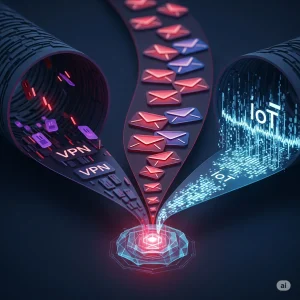
Targeting Trends: Industries and Geographies in Akira’s Crosshairs (2024-2025)
Akira’s RaaS framework facilitates a broad and opportunistic targeting strategy, yet certain patterns have been consistently observed:
Latest about Akira: Analyzing Akira’s Top 5 Initial Access Vectors & Effective Countermeasures
- Sustained High Operational Tempo: Akira has consistently ranked among the most active ransomware groups throughout 2024 and into Q1 2025. Coveware’s Q1 2025 report, for instance, indicated Akira held a significant 14% share of the ransomware market (comparable to RansomHub before its infrastructure disruption in April 2025). Reports from Arete also corroborated Akira’s high activity levels since November 2024.
- Sector Vulnerabilities: While opportunistic, Akira has demonstrated a significant impact on:
- Education: Remains a frequently targeted sector.
- Manufacturing & Industrial Sectors: Dragos’ Q1 2025 industrial ransomware analysis attributed 83 incidents to Akira in that quarter alone, with a focus on manufacturing and transportation.
- Finance & Professional Services: These data-rich sectors continue to be attractive targets.
- Healthcare: Persistent targeting poses critical risks to patient care and data.
- Critical Infrastructure: Has also been affected, aligning with broader concerning ransomware trends.
- Geographical Concentration: The majority of Akira’s victims continue to be located in North America and Europe, with Australia also experiencing notable activity. CybelAngel’s “2025 Akira Ransomware Playbook” cited France as a particularly significant target in a 2024 study.
- Victim Demographics: While capable of impacting large enterprises (evidenced by attacks on entities like Nissan Oceania, Stanford University, and Tietoevry in early 2024), a substantial number of Akira’s victims are small to medium-sized businesses (SMBs), which may possess less mature cybersecurity defenses.
Ransom Demands & Negotiation Tactics: The Financial Squeeze
- Substantial Financial Demands: Ransom demands from Akira affiliates remain high, typically ranging from $200,000 to over $4 million USD. By April 2024, Akira was estimated to have extorted approximately $42 million.
- Cryptocurrency Preference: Bitcoin continues to be the predominant currency for ransom settlements.
- Double Extortion as Primary Leverage: The threat of publishing exfiltrated sensitive data on their distinctive retro-styled Tor leak site is a core component of their negotiation strategy.
- Negotiation Style – Direct & Adaptable: Reports suggest Akira threat actors may directly contact victims, sometimes via phone calls, to apply pressure. However, they have also demonstrated a degree of flexibility, occasionally reducing ransom demands if victims can prove they do not require decryption keys (e.g., due to robust backups) but are primarily concerned with preventing the public release of stolen data.
- Payment Rate Fluctuations: General ransomware payment rates, according to Coveware’s Q1 2025 report, have been observed fluctuating between 25-35%. The decision to pay a ransom remains a complex calculation for victims, weighing recovery costs, operational downtime, and the severe implications of a data leak.
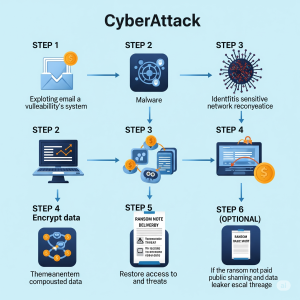
Key Defensive Lessons Learned from Recent Akira Campaigns (2024-2025)
Analyzing Akira’s evolving playbook offers crucial insights for organizations seeking to strengthen their defenses:
- MFA on VPNs is an Absolute Imperative: The persistent success of attacks leveraging VPNs without MFA highlights this as a fundamental, non-negotiable security control. Universal MFA adoption across all remote access points should be a top priority.
- The Attack Surface is Broader Than You Think (IoT/Edge Vulnerabilities): Akira’s exploitation of less secure devices like webcams as ingress points or lateral movement conduits is a critical wake-up call. Organizations must extend their vulnerability management and security monitoring programs to encompass all network-connected devices, not just traditional IT endpoints and servers. Network segmentation to isolate these potentially vulnerable devices is key.
- Assume Compromise of Legitimate Tools (LOLBins): The adept use of LOLBins and standard remote access tools by Akira affiliates necessitates detection strategies that focus on anomalous behavioral patterns rather than solely relying on known malicious file signatures. Robust EDR/XDR solutions and vigilant Security Operations Center (SOC) monitoring are essential.
- RaaS Resilience Demands Continuous Adaptation: The inherent resilience of the RaaS model means that even if some affiliate groups are disrupted, the overarching threat can persist and evolve. Defensive postures cannot be static; they require continuous adaptation based on the latest threat intelligence.
- Data Exfiltration is a Core Objective: For double extortion groups like Akira, the theft of sensitive data is often as critical, if not more so, than the encryption itself. Defensive strategies must incorporate robust measures to detect and prevent large-scale data exfiltration, such as Data Loss Prevention (DLP) tools and sophisticated network traffic analysis.
- Comprehensive Recovery Extends Beyond Decryption: While decryption services (like those we offer) are vital for file restoration, the looming threat of data leaks and the absolute necessity for thorough system hardening post-incident mean that true recovery is a multi-faceted endeavor. Immutable and air-gapped backups remain indispensable.
- Third-Party and Vendor-Supplied Security is Not a Panacea: The incident involving an unsecured webcam underscores that devices without adequate EDR capabilities or robust built-in security can become critical weak links. Organizations must rigorously assess the security of all connected devices and implement compensating controls where vendor-supplied security is insufficient.
Frequently Asked Questions: Akira’s Evolving Tactics
What are the most common ways Akira ransomware is gaining access in 2025?
Exploitation of unsecured VPNs (especially without MFA), compromised credentials obtained via phishing or dark web purchases, and increasingly, vulnerabilities in overlooked IoT/edge devices are key initial access vectors.
Has Akira’s malware changed significantly recently?
Akira has used both C++ and Rust-based (“Megazord”) encryptors. While Rust was prominent for its Linux/ESXi capabilities, some recent trends suggest a partial reversion to refined C++ payloads for broader stability, though both types remain a threat.
Which industries should be most concerned about Akira in 2025?
While opportunistic, Akira has shown a consistent focus on education, manufacturing, industrial sectors, finance, professional services, and healthcare. However, any organization can be a target.
Are Akira’s ransom demands increasing?
Ransom demands remain substantial, often ranging from $200,000 to over $4 million. While individual demands vary, the overall financial impact of ransomware remains a significant concern.
What’s the single most important lesson from recent Akira attacks?
The critical importance of a multi-layered defense, especially robust MFA on all remote access points, and extending security vigilance to all network-connected devices, including IoT and edge infrastructure.
Conclusion: Navigating the Evolving Akira Threat Landscape
Akira ransomware, powered by its adaptable RaaS model and resourceful affiliates, will undoubtedly continue to refine its playbook. Its demonstrated ability to exploit both conventional vulnerabilities and emerging weaknesses in the expanding digital attack surface makes it a persistent and dynamic threat.
For organizations, the lessons gleaned from late 2024 and early 2025 underscore the necessity of a proactive, deeply layered security strategy. This strategy must prioritize strong initial access controls, comprehensive visibility across the entire attack surface (including non-traditional IT assets), robust data protection and recovery mechanisms, and a commitment to continuous adaptation based on the latest threat intelligence.
At Our Organization, we are dedicated not only to assisting victims in their critical recovery efforts but also to providing the actionable insights and intelligence required to understand and effectively defend against these sophisticated and evolving cyber threats. Staying informed, prepared, and resilient is your strongest defense in this ongoing cat-and-mouse game.
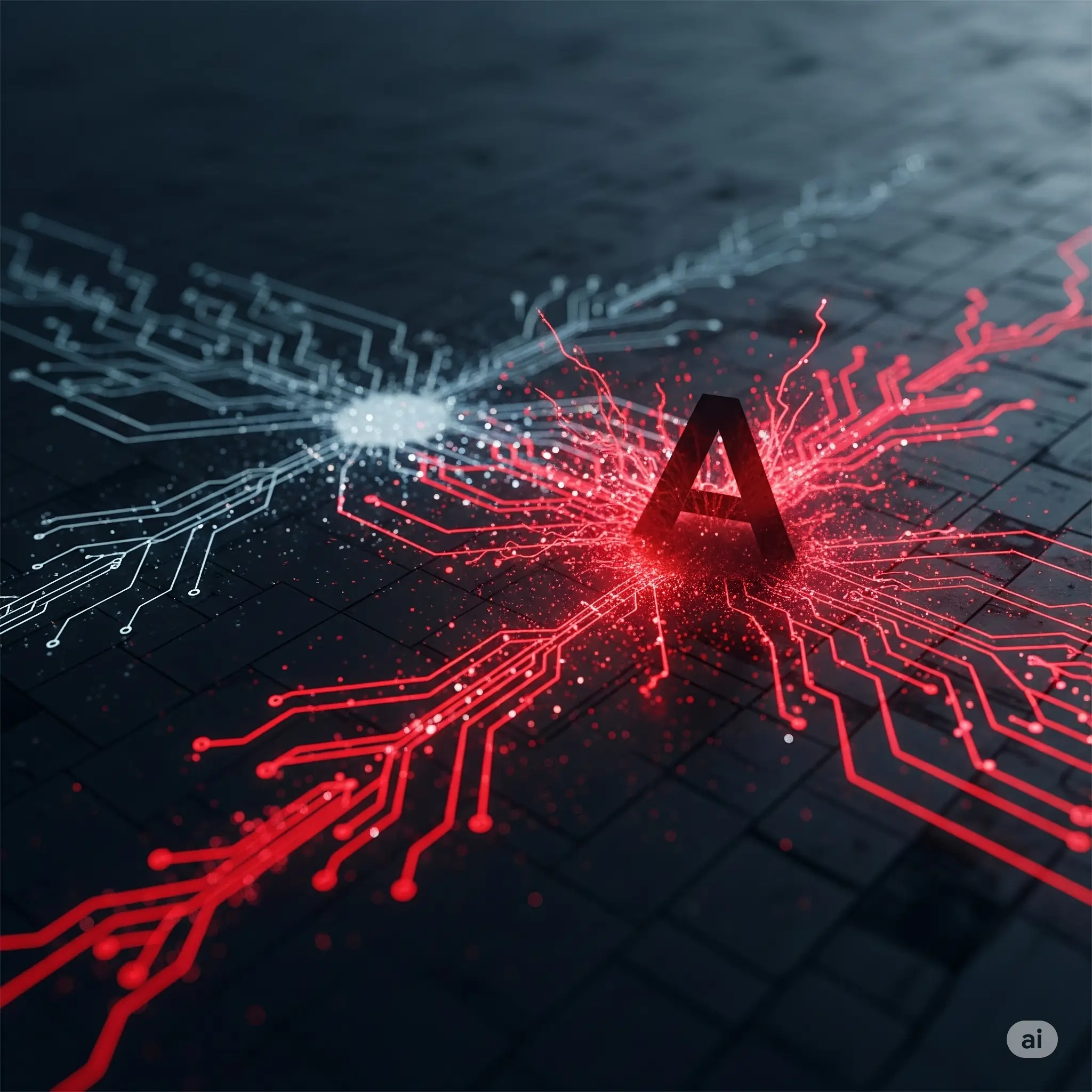
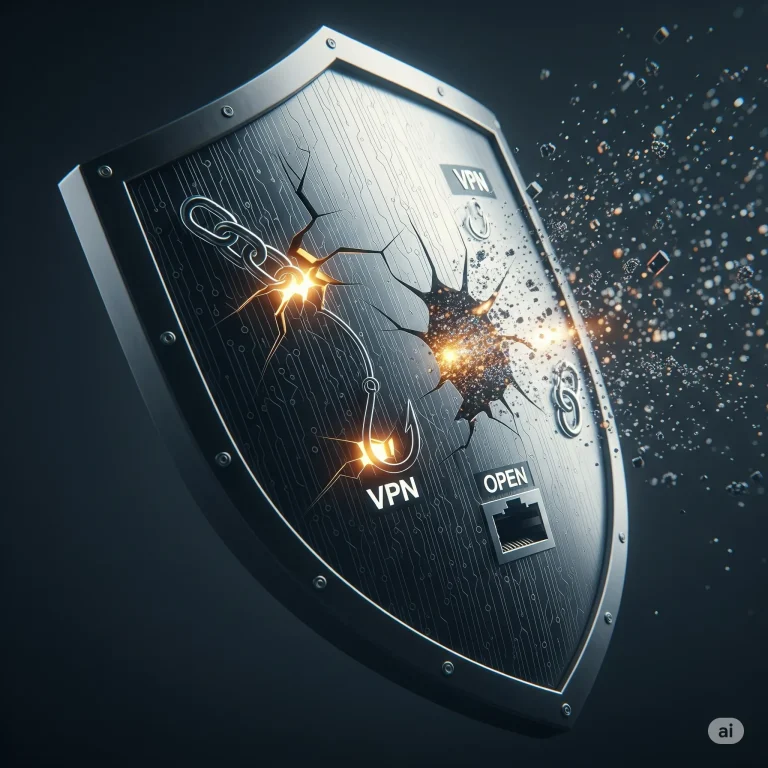
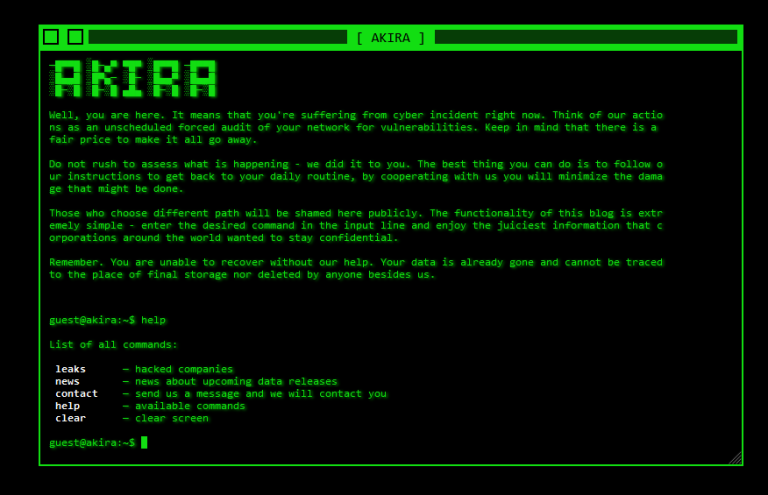
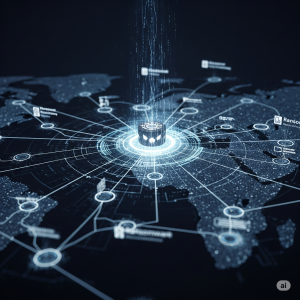
One Comment